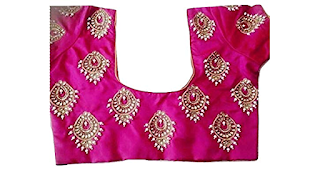The Evolution of Fashion: How Styles Have Changed Over Time
Styles in fashion and design have evolved over time, influenced by various factors such as cultural changes, historical events, technological advancements, and shifts in societal values. Here's a general overview of how styles have evolved:
1. Ancient and Classical Era: In ancient civilizations like Egypt, Greece, and Rome, clothing styles were influenced by the climate, materials available, and social hierarchy. Draped garments, tunics, and togas were common. The focus was on function and modesty rather than individual expression.
2. Medieval and Renaissance Periods: The Middle Ages saw clothing styles influenced by the feudal system and religious beliefs. Clothing was used to denote social status, and elaborate garments with intricate details and layering were worn by the wealthy. During the Renaissance, there was a resurgence of classical influences, resulting in more natural and balanced silhouettes.
3. Baroque and Rococo Eras: In the 17th and 18th centuries, the Baroque and Rococo styles emerged. Baroque fashion was characterized by opulence, grandeur, and exaggerated proportions, while Rococo embraced lighter fabrics, pastel colors, and delicate details. Fashion became a way for the aristocracy to display wealth and status.
4. Victorian Era: The Victorian era (1837-1901) was known for its strict social norms and conservative fashion. Women's clothing featured corsets, voluminous skirts, and high collars, emphasizing modesty and femininity. Men's fashion included tailored suits and formal attire.5. 20th Century Modernism: The 20th century brought significant changes in fashion. The early 1900s saw the rise of Art Nouveau and later Art Deco, influencing fashion with geometric shapes and intricate patterns. The 1920s introduced the flapper style, with shorter hemlines, dropped waists, and a more relaxed, youthful aesthetic.
6. Mid-20th Century and Post-War Fashion: The mid-20th century saw diverse styles emerging. The 1940s had a utilitarian and military influence due to World War II, while the 1950s embraced a more glamorous and feminine aesthetic with full skirts and cinched waists. The 1960s brought the mod and hippie movements, with mini skirts, bold patterns, and a more free-spirited approach.
7. Contemporary Fashion: The late 20th century and beyond have witnessed a diverse range of styles influenced by globalization, technology, and individual expression. Fashion has become more inclusive and diverse, with various subcultures and niche styles emerging. There's a greater emphasis on comfort, sustainability, and personal style choices.
Today, fashion and style continue to evolve rapidly, driven by a mix of cultural, social, and technological influences. Designers experiment with new materials, cuts, and aesthetics, and fashion trends often reflect the broader social and cultural context of the time.



Comments
Post a Comment